Sleep is an essential part of our lives that significantly influences our health and well-being. While factors like your mattress and pillow choice play a vital role in achieving restorative sleep, the color of your bedroom walls can have a profound impact too. Color psychology suggests that different hues can evoke various emotional responses, making it crucial to select the right shades for your sanctuary. In this article, you will discover six calming bedroom colors that will help create a tranquil space, ultimately leading to a good night’s sleep.
1. Soft Blue: The Color of Serenity
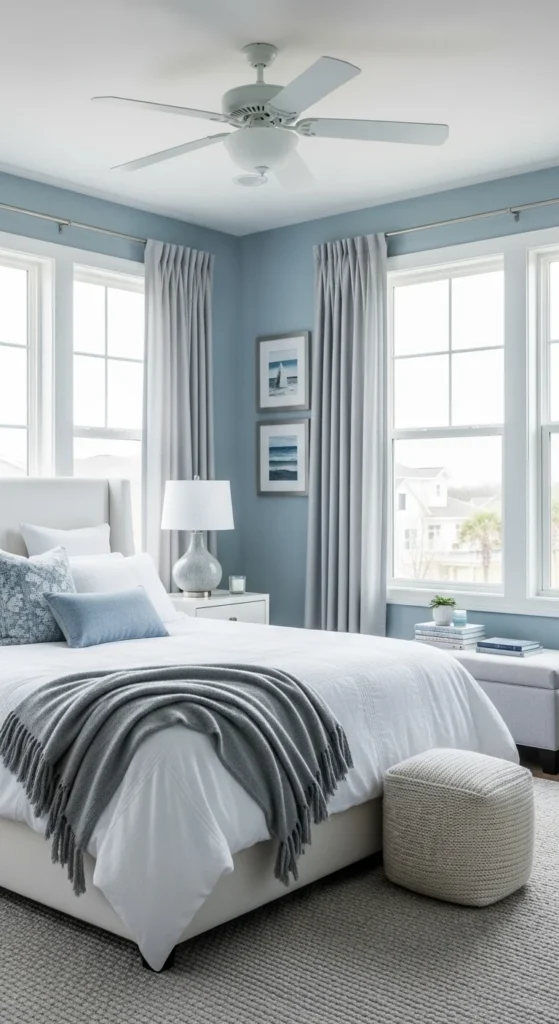
Buy Similar Decor in This Article
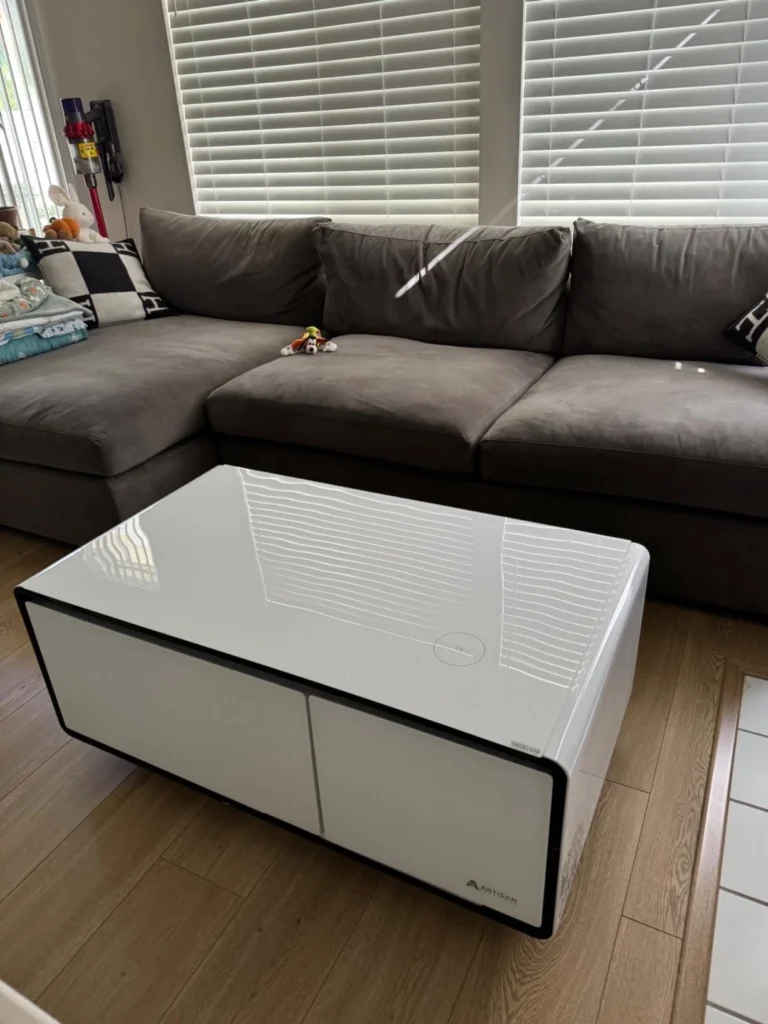
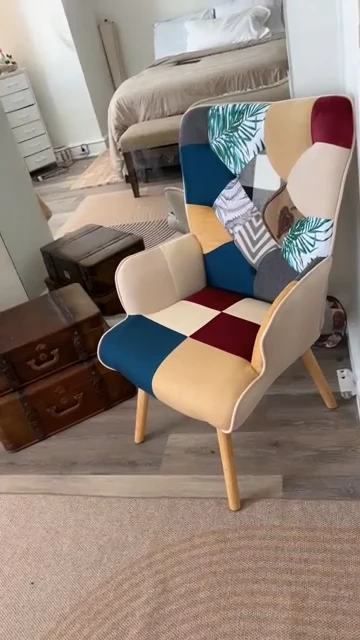
Buy Similar Decor in This Article
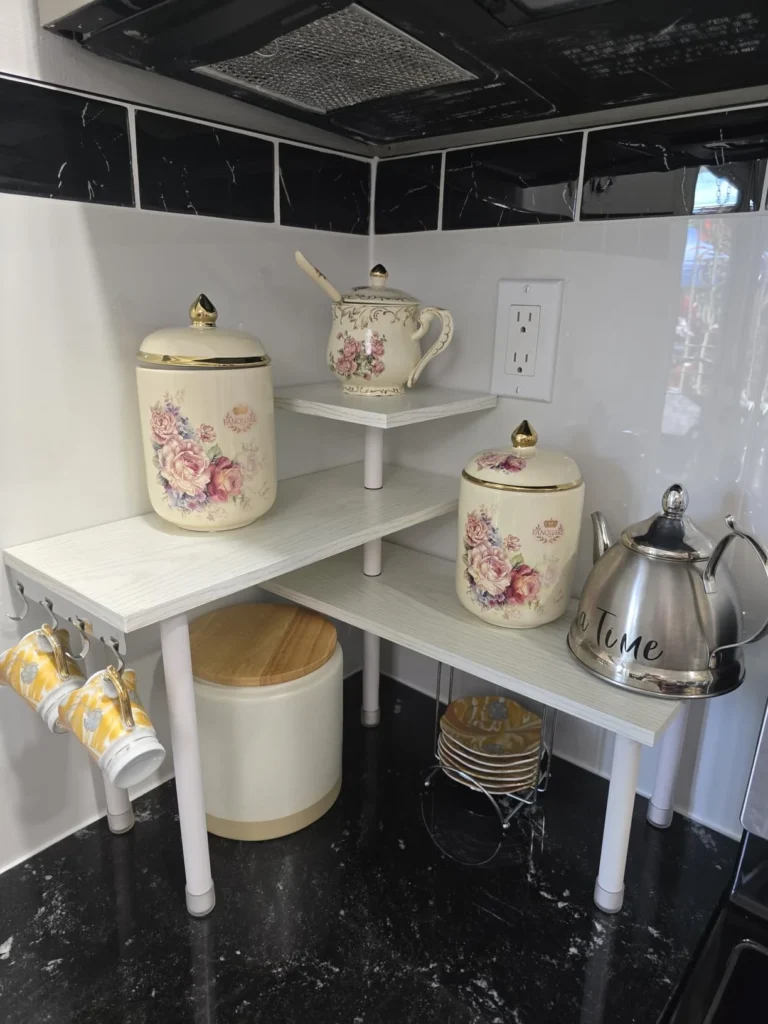

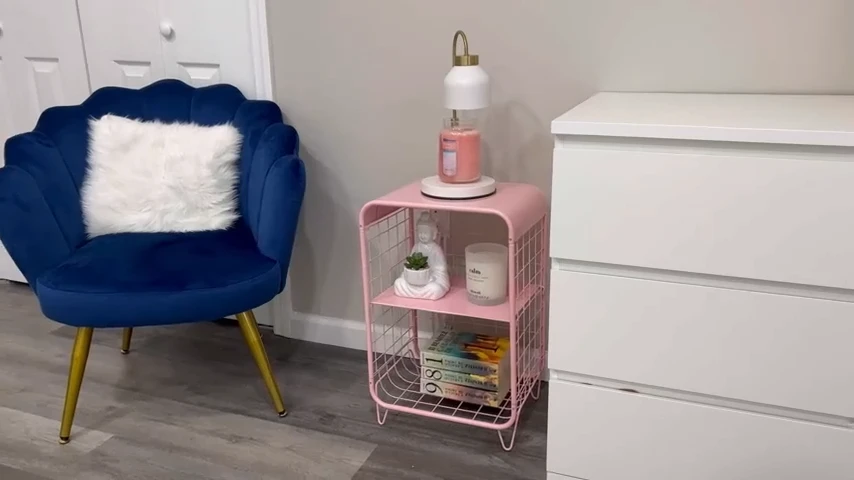

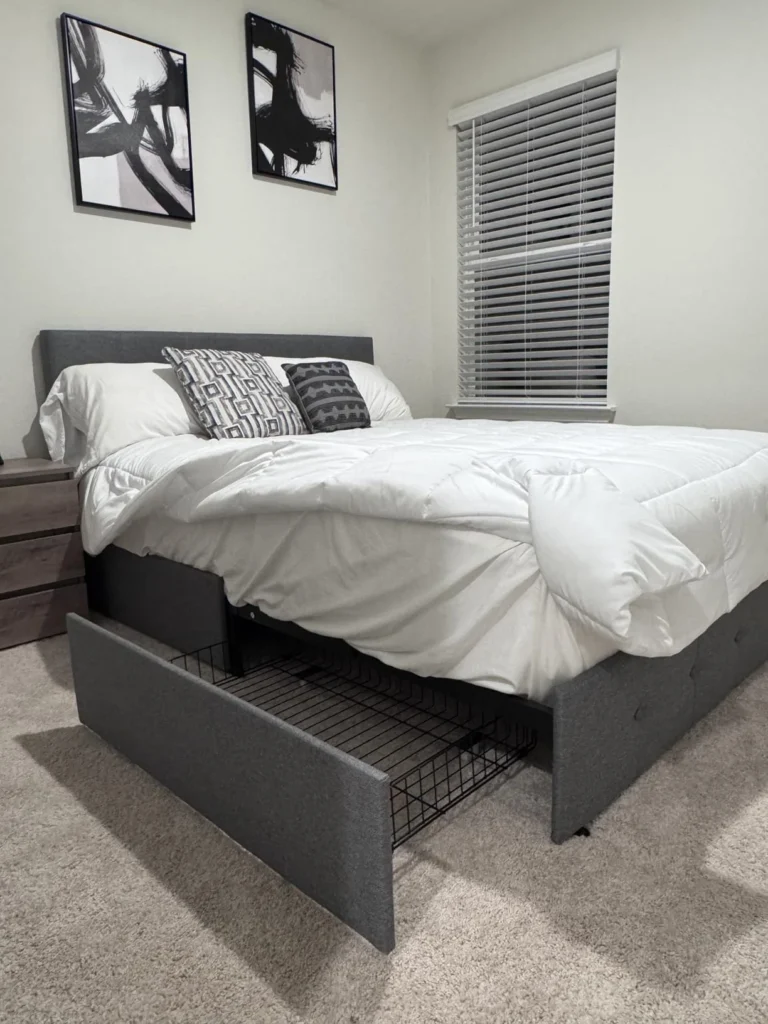
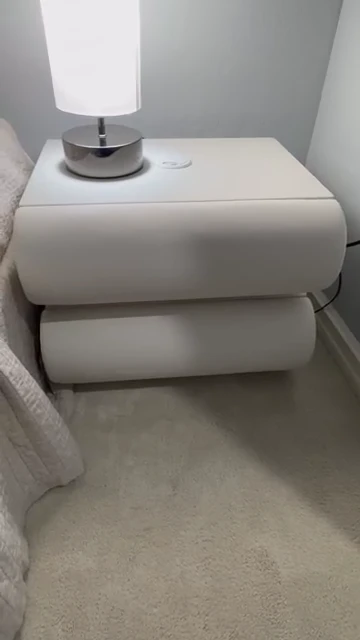
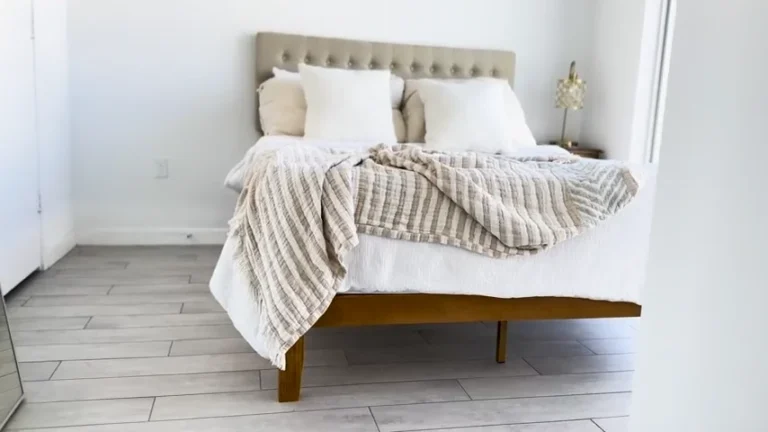
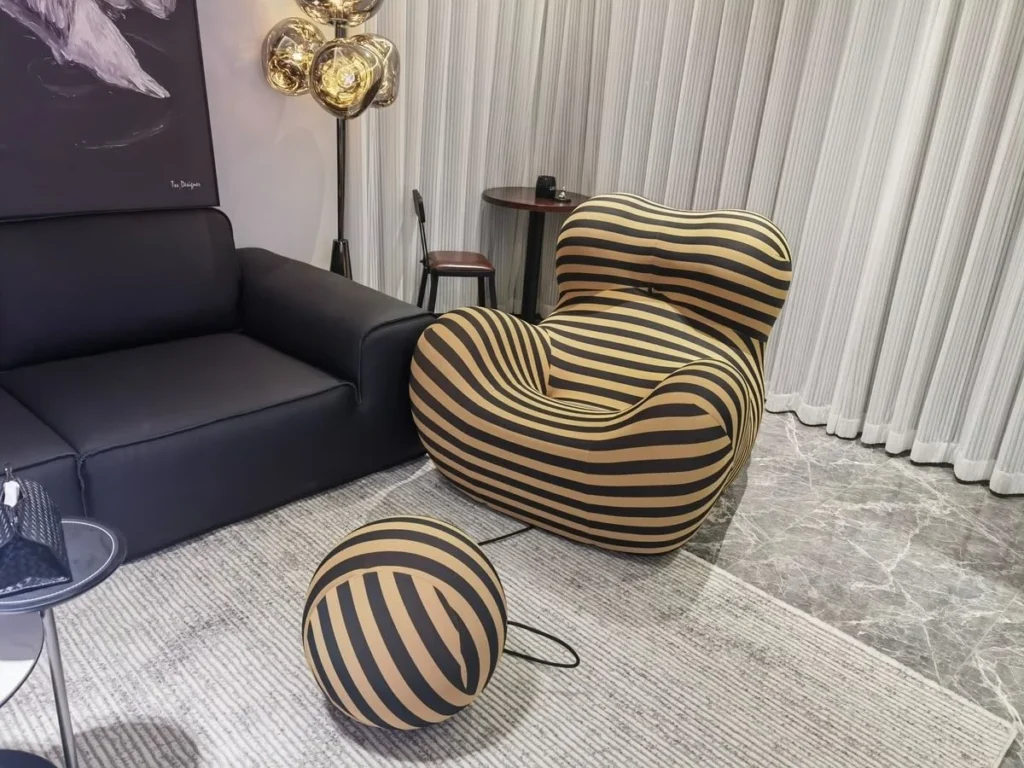





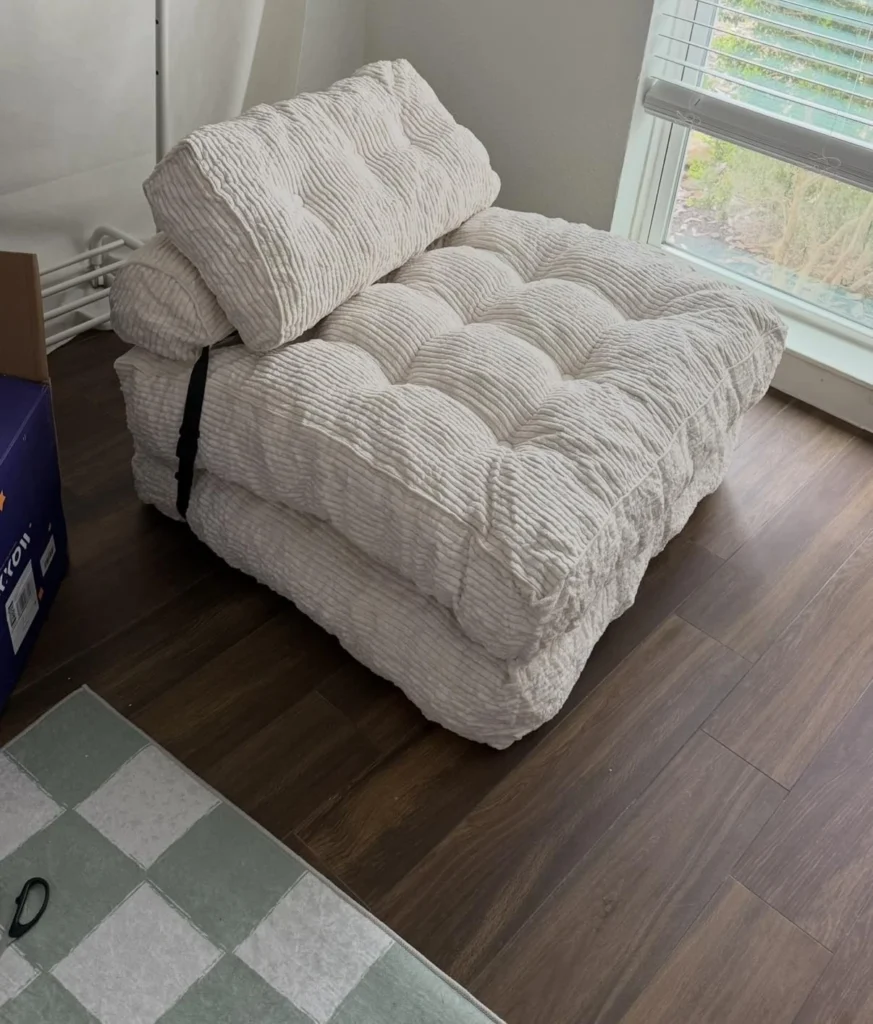
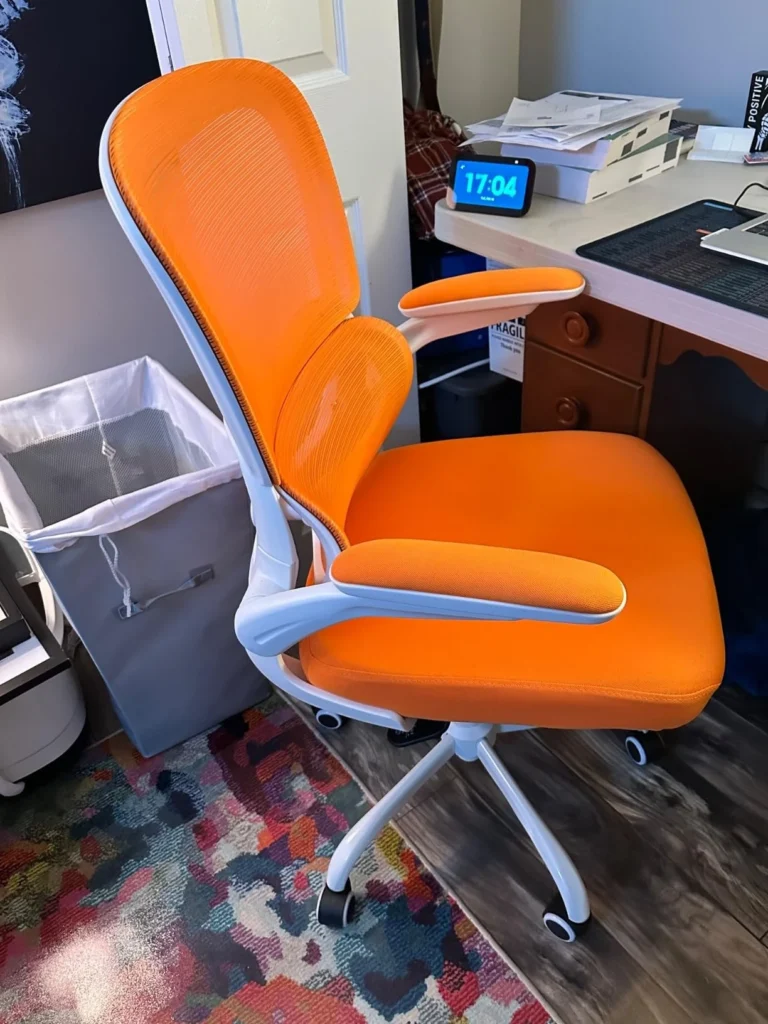





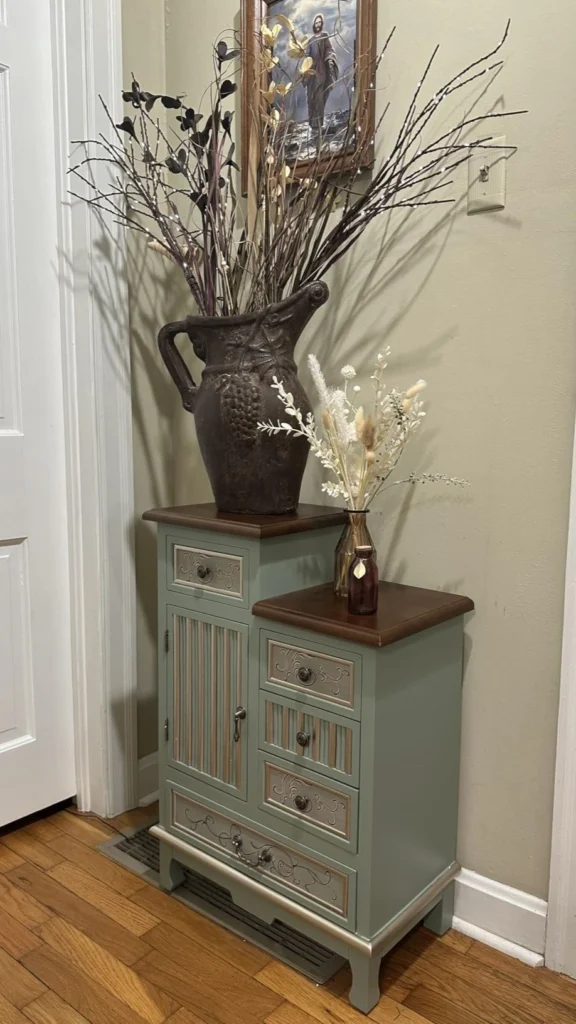
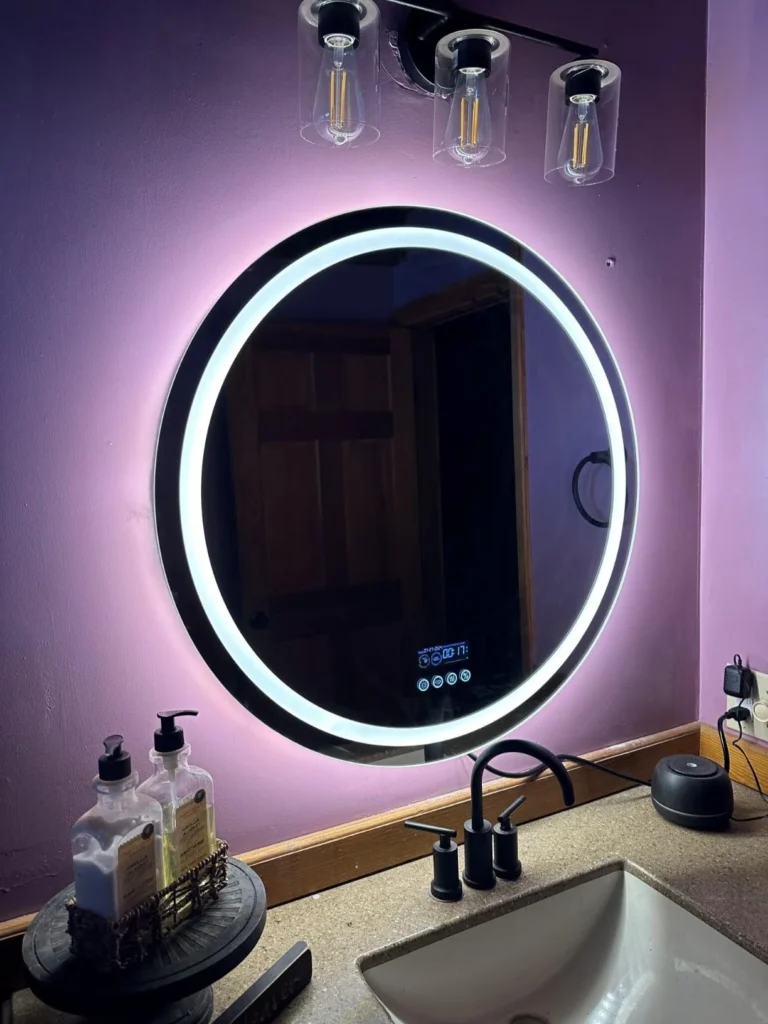




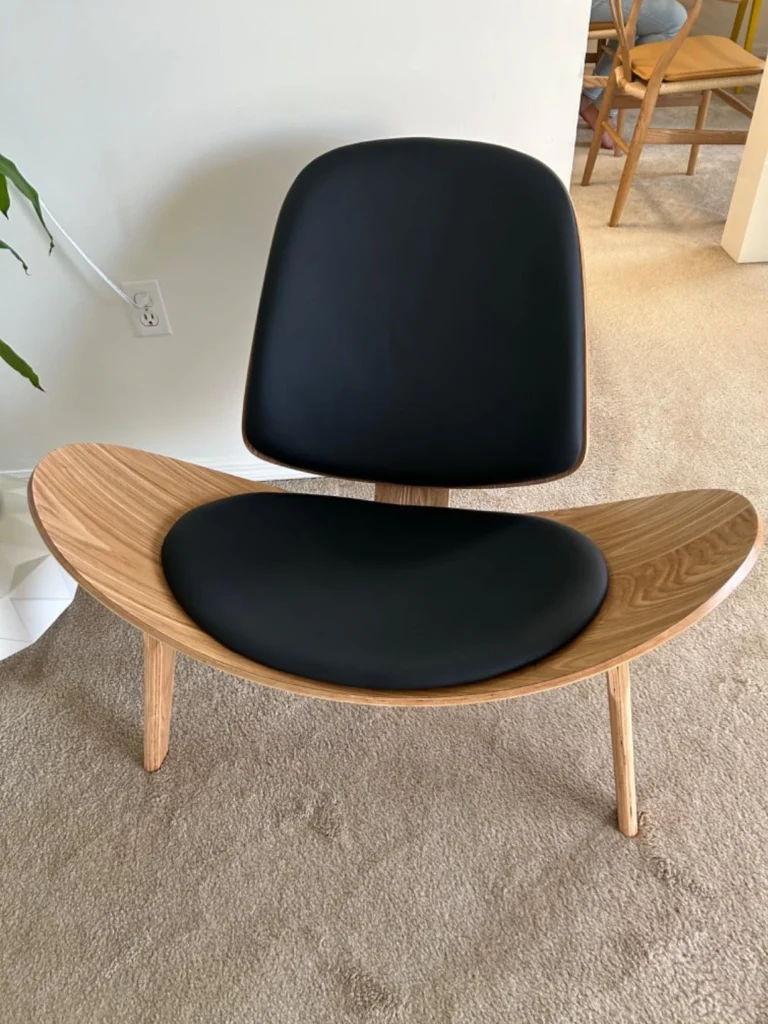

If you’re looking for a color that embodies tranquility, soft blue should be at the top of your list. This gentle shade can evoke feelings of peace and calm, reminiscent of clear skies and tranquil waters. Soft blue has been scientifically shown to decrease stress and promote relaxation, making it an ideal choice for your bedroom.
Why Choose Soft Blue?
- Reduces Heart Rate: Blue hues have been associated with lowering blood pressure and slowing heart rates. This can contribute to a more relaxed atmosphere, making it easier for you to unwind at the end of the day.
- Works Well with Natural Light: Soft blue reflects natural light beautifully, giving your room a bright yet calming feel during the day.
Tips for Using Soft Blue
- Pair soft blue with white or light gray accents to maintain the serene atmosphere.
- Use darker blue accessories or fabrics to add depth without overwhelming the space.
2. Gentle Green: A Touch of Nature
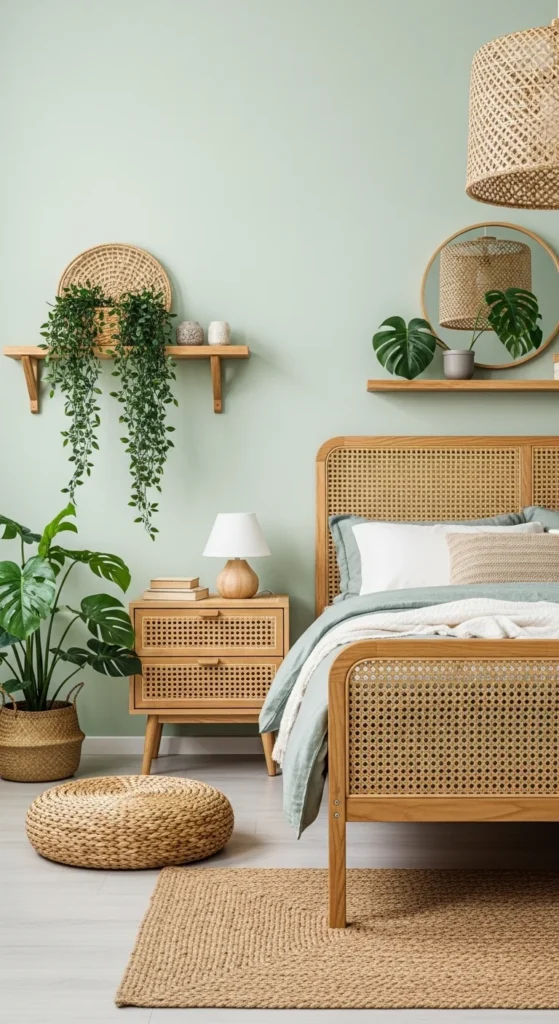
Gentle green is another fantastic color for fostering tranquility in your bedroom. This refreshing hue connects you with nature, making it a calming choice. Gentle greens can evoke feelings of renewal and growth, contributing to a serene environment perfect for relaxation.
Benefits of Gentle Green
- Calms the Mind: Green is known for its ability to soothe anxious feelings. By creating a peaceful backdrop, you may find it easier to meditate or reflect before sleep.
- Enhances Sleep Quality: Studies have shown that people sleeping in green rooms often reported better sleep quality. The refreshing hue can make you feel rejuvenated and more connected to the natural world.
How to Incorporate Gentle Green
- Use accent walls or incorporate mint-colored furniture to add subtle touches of this soothing shade.
- Combine gentle green with organic textures, like wood or stone, for a cohesive nature-inspired decor.
3. Pale Lavender: A Soft Oasis
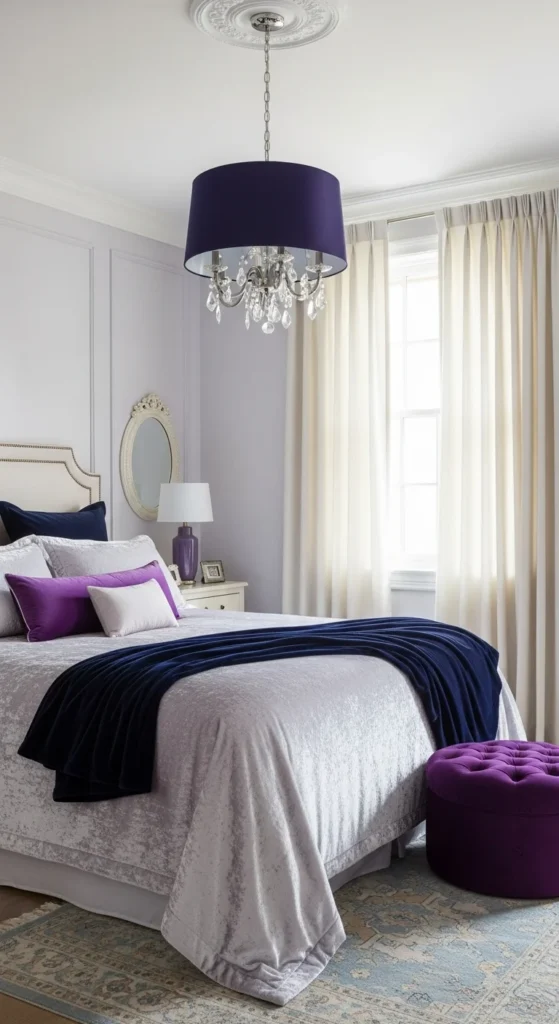
Pale lavender serves as a unique choice for those seeking to combine tranquility with a hint of sophistication. This soft purple hue creates a serene atmosphere without being overly stimulating. It’s perfect for creating an inviting and restful space.
Why Pale Lavender Works
- Promotes Relaxation: Lavender is often associated with relaxation and has calming properties. Sleeping in a lavender-colored room can enhance your overall mood and help you ease into sleep.
- Versatile Pairings: Pale lavender can be effortlessly paired with various colors, from white and cream to deep navy and dark gray.
Decorating with Pale Lavender
- Choose pale lavender bedding or curtains to maintain a consistent color scheme throughout the room.
- Accent with darker lavender or violet hues to create an elegant look without straying from the calming theme.
4. Soft Gray: Subtle Elegance
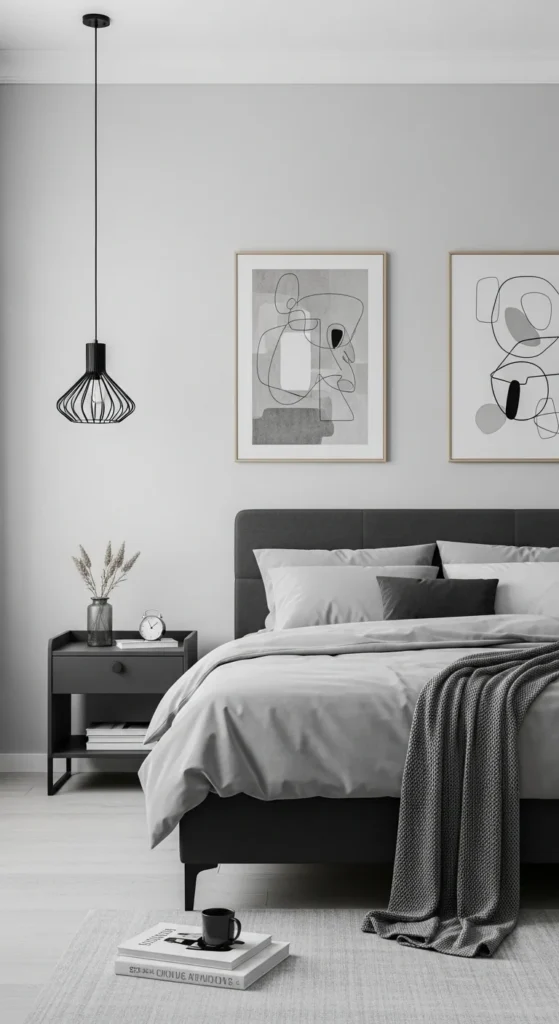
If you’re looking for a color that radiates calmness while maintaining a modern edge, soft gray is an excellent option. It’s a neutral that provides a sophisticated backdrop, allowing you to experiment with bolder accents.
Advantages of Soft Gray
- Promotes a Restful Environment: Gray is universally acknowledged as a calming color, known for its ability to create a peaceful sleeping space.
- Easy to Coordinate: Soft gray can blend effortlessly with other colors, making it easier to decorate your bedroom according to your personal style.
Tips for Using Soft Gray
- Combine different shades of gray to add depth. For instance, use a light gray for the walls and darker tones for your furniture or bedding.
- Don’t hesitate to introduce pops of color with art or accessories to keep it lively and engaging.
5. Warm Beige: Cozy Comfort

Warm beige is a timeless choice for a calming bedroom color. It exudes warmth and comfort, promoting a sense of coziness that can make your space feel like a true retreat.
Benefits of Warm Beige
- Creates a Safe Haven: Beige tones can make you feel more secure and relaxed, which is essential for a restful environment.
- Complementary Effects: This neutral shade can complement various other colors and textures without overpowering them, making it a versatile choice.
How to Style Warm Beige
- Use warm beige for your walls and furniture, and add colorful accessories such as pillows and throws for an inviting touch.
- Incorporate natural materials, like wood or woven textures, to enhance the warmth of beige tones.
6. Soft Pink: Calming and Comforting

Soft pink is often overlooked but can be a beautiful choice for a calming bedroom color. It’s gentle and nurturing, creating a soothing atmosphere that encourages relaxation.
Why Choose Soft Pink?
- Emotional Warmth: Pink is known for its soothing qualities and is often associated with love and compassion. This can be especially uplifting in your personal space.
- Reduces Stress: Soft shades of pink can help lower stress levels, making it easier to wind down at the end of the day.
Suggestions for Using Soft Pink
- Paint an accent wall in soft pink to add a touch of warmth without overwhelming the senses.
- Pair it with white or gold accents for a chic and elegant look that promotes serenity.
Creating a calming bedroom environment doesn’t require extensive renovations or costly decor. By simply choosing the right colors, you can transform your space into a tranquil haven that supports restful sleep. From the serene allure of soft blue to the cozy warmth of beige, each of the colors highlighted in this article offers its unique benefits.
Take the time to reflect on which hues resonate with you and your personal style. Experiment with different combinations and don’t hesitate to infuse your personality into your bedroom decor. Ultimately, a soothing color palette can profoundly impact your overall mood and help you achieve the good night’s sleep you deserve.
Remember, a well-thought-out color scheme can be the difference between tossing and turning through the night and slipping into a blissful slumber. So go ahead, take the leap, and give your bedroom the calming colors it needs for a truly rejuvenating experience. Happy decorating!
